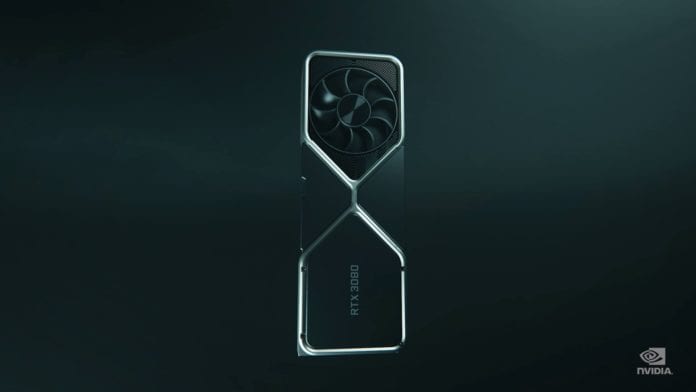NVIDIA finally let the press pull the actual veil off of their RTX 3080 GPU, after an announcement and reveal earlier this month, and there is a fair amount to say about it, as is the case with every new generation of high-end GPUs, and upon careful reviews of multiple outlets that gained access to the card, and thorough testing, some themes are consistent all along with the new card. NVIDIA’s new Ampere architecture brings about a few changes to the landscape of gaming GPU’s, but nothing is groundbreaking, as was understandable after the 2018 launch of ray-tracing. NVIDIA made this generation to improve ray-tracing performance and viability above all, and it shows.
RTX Off For The 3080 For a Little Bit
Over the course of reviewing “conventional” titles, that is, games that either do not have any path-tracing rendering at all, or have it in small part, it was clear that there is a largely incremental gain over the previous king of the hill, the RTX 2080 Ti, and even the more comparably-priced RTX 2080 saw around 40% performance difference in frame times in 4K resolution. As we turned down the resolution, the gap lessened for the most part, as those resolutions are more CPU-bound than GPU. Of course, that also means that you don’t absolutely have to pair the new 3080 with a top-tier CPU for getting great 4K performance. And with the 3080, very high graphical fidelity in-game with a 4K output is very much viable now.
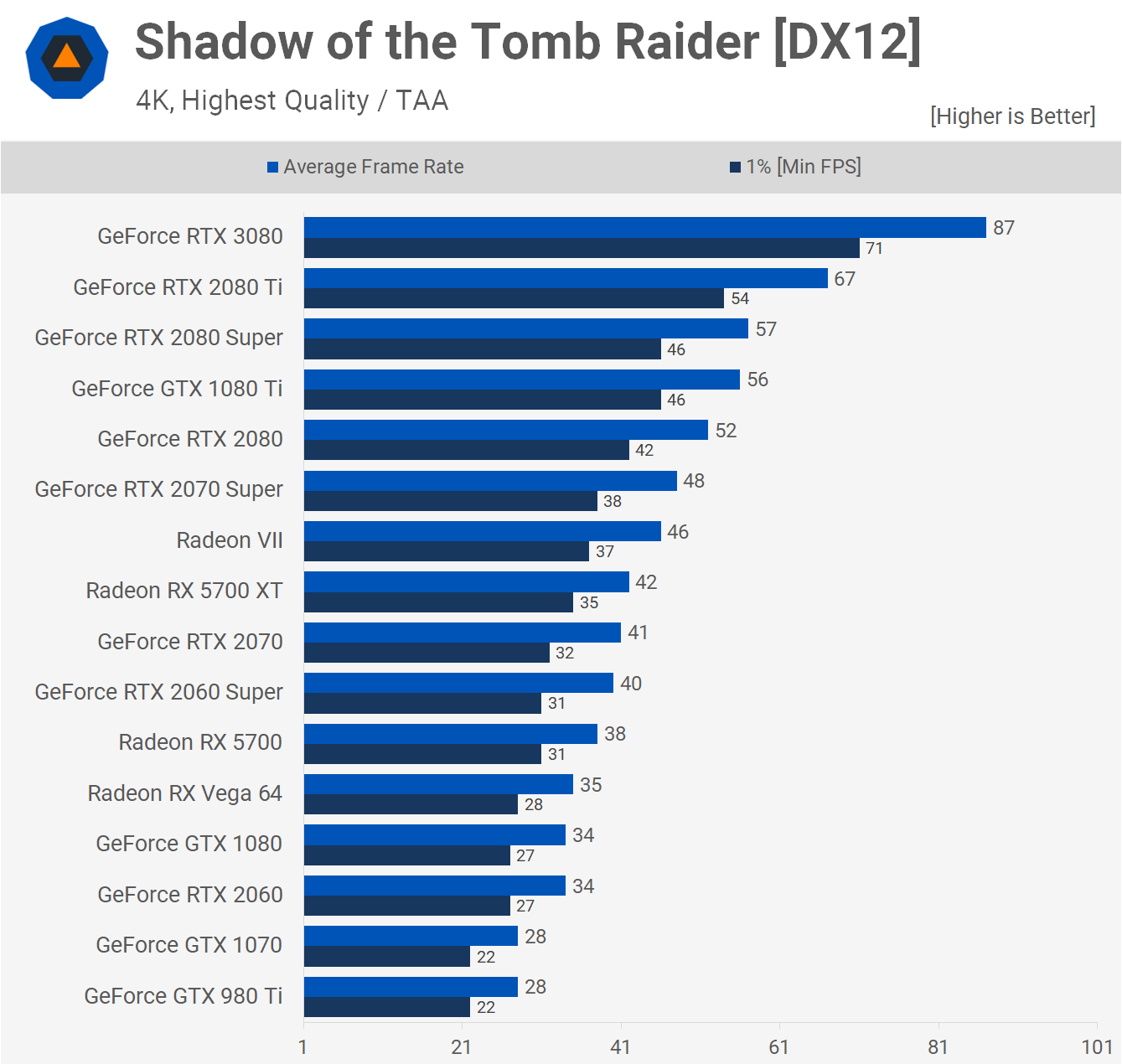
4K Gaming Is No Longer Niche
4K gaming has been a rather “ascended” realm of gaming for the past half a decade, with each flagship from NVIDIA being tested against the most demanding titles in that resolution to see if it is a playable experience with decent, consistent framerates. And with the RTX 3080, incremental improvements have finally caused that to become a reality in all titles, even games like Red Dead Redemption 2 which are notoriously heavy on the GPU at such a high resolution. The outlook of 4K gaming is very much what 1440p’s used to be a few years ago, and with display technology also getting there with higher refresh rates with 4K and so on, we are very much at the door of that next domain.
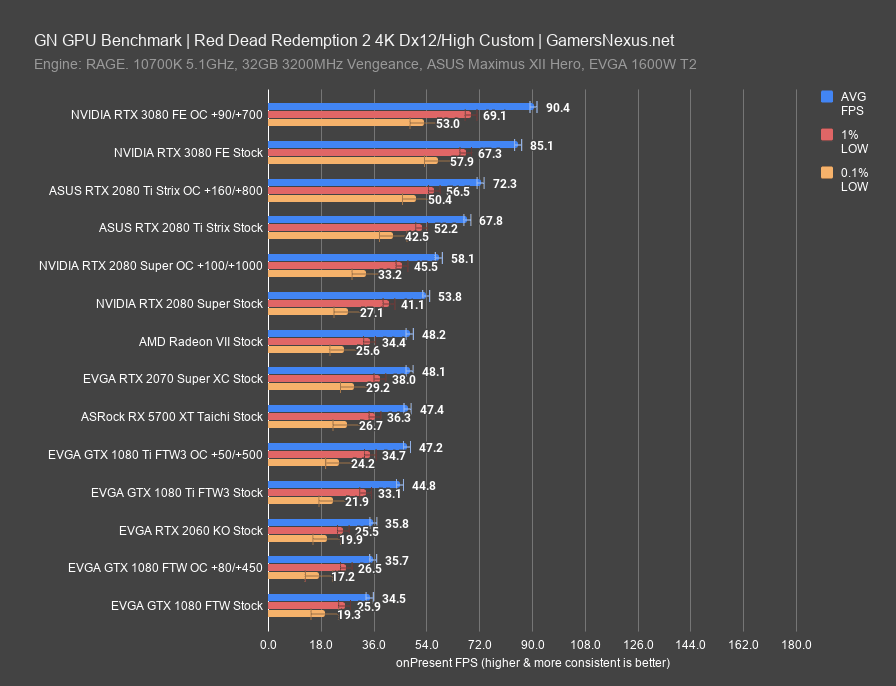
But, as alluded to before, this all matters for “conventional” games. These steps are incremental, and nothing here is groundbreaking, as we see about the same amount of improvement we would expect reasonably with each new generation of GPU. But NVIDIA did something really important in 2018 in order to advance computer graphics in a different direction: ray-tracing. Of course, you know that, because NVIDIA did promote it well. But what we got in 2018 was rather a sneak peek of RTX.
Turning On RTX is Important For The RTX 3080
Even with a substantially higher-priced flagship, the ray-tracing experience was not complete across the board. The 2080 Ti was over a lakh rupees, and still is, yet had a mediocre experience in the most demanding scenarios. It appears that NVIDIA set about resolving that very problem with this series of GPU’s, and making sure that RTX has a future in the industry, as with better performance with ray-tracing across the board, we will see it more often in titles and so on. Adaption of the feature set across the board will make NVIDIA’s massive investment, the addition of hardware components and its promotion return dividends, as well as an edge over the competition from AMD, and also even in mobile graphics from ARM-based GPU’s, which NVIDIA just acquired from Softbank Inc.
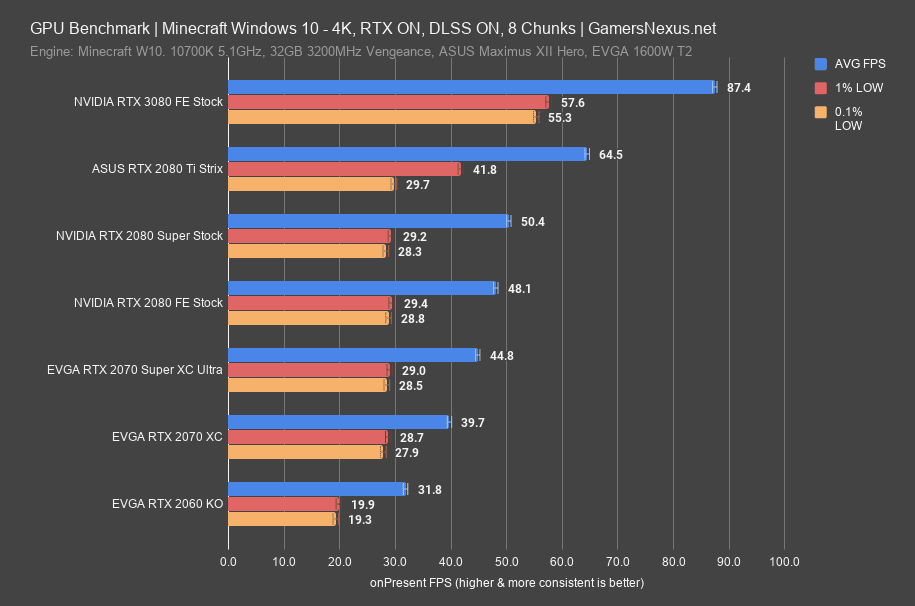
The RTX 3080 in particular, can be considered as the GPU the 2080 Ti should have been from the start. The nascent nature of ray-tracing back in 2018 meant that the 2080 Ti faced a lot of criticism for its exceptionally high price for a -80 series NVIDIA flagship (nearly double that of its predecessor), and it was also a long-overdue step after the GTX 1080, as it had been around since early 2016, a slightly longer than usual wait for NVIDIA.
Other Ampere Products Will Explain The 3080 Better
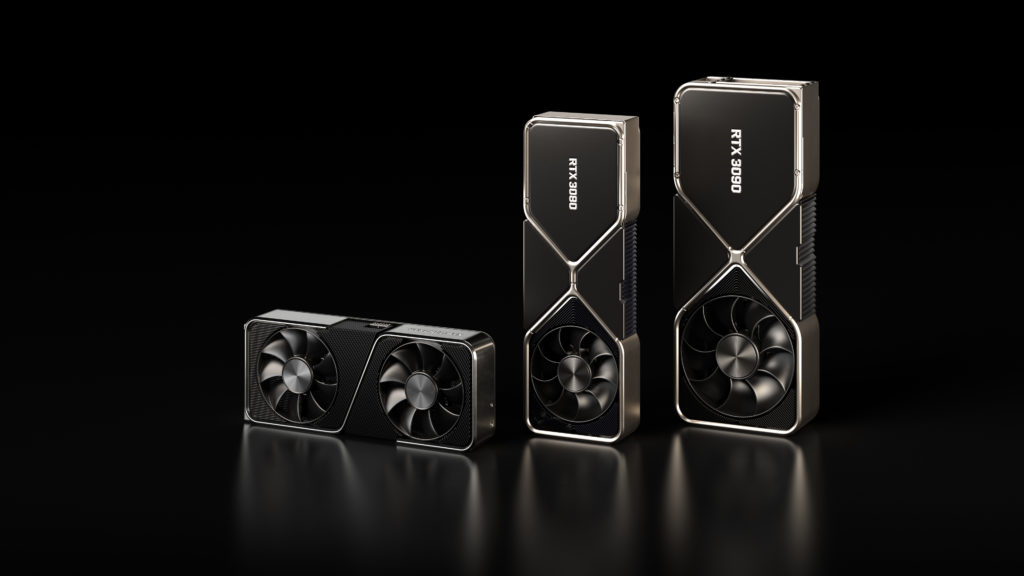
The RTX 3080 will be further understood better when we get to know how the 3090 and the 3070 stack up against the predecessors and the RTX 3080 itself. What will be interesting to see is the uplift in graphics in both non-path-traced and in RT-enabled titles, as then we will best understand how incremental is the gain in “normal” titles and use-cases, as well as how far has ray-tracing come. NVIDIA’s claim of a “2x” gain from the 2080 Ti only held water in fully path-traced titles like Minecraft RTX and Quake II RTX in all testing. In other titles, the gain seemed to be more around 50%. This delta will also be interesting to see amongst all the other 3000 series cards. We will get to know how does architectural advancement has benefitted game performance versus a simple increase in processing cores, and that will tell us the real prowess of the new architecture.
This indeed is an interesting time for GPUs. With AMD’s Big Navi reveal also coming in October, we may see a measured and appropriate response to the RTX 3080, either in terms of pricing, or perhaps even in terms of technology. It will be a tall task, but the consumer may stand to gain from all this, as the democratization of these new technologies like RTX and DLSS brought about by price cuts and competing models is right around the corner for all of us to gain meaningfully from.


